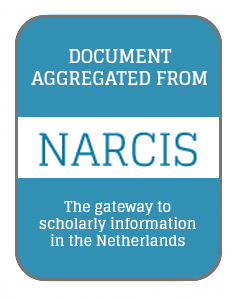Resource information
Policy plays a very important role in natural resource management as it lays out a government framework for guiding long-term decisions, and evolves in light of the interactions between human and environment. This paper focuses on soil and water conservation (SWC) policy in the Yellow River Basin (YRB), China. The problems, rural poverty, severe soil erosion, great sediment loads and high flood risks, are analyzed over the period of 1949–present using the Driving force–Pressure–State–Impact–Response (DPSIR) framework as a way to organize analysis of the evolution of SWC policy. Three stages are identified in which SWC policy interacts differently with institutional, financial and technology support. In Stage 1 (1949–1979), SWC policy focused on rural development in eroded areas and on reducing sediment loads. Local farmers were mainly responsible for SWC. The aim of Stage 2 (1980–1990) was the overall development of rural industry and SWC. A more integrated management perspective was implemented taking a small watershed as a geographic interactional unit. This approach greatly improved the efficiency of SWC activities. In Stage 3 (1991 till now), SWC has been treated as the main measure for natural resource conservation, environmental protection, disaster mitigation and agriculture development. Prevention of new degradation became a priority. The government began to be responsible for SWC, using administrative, legal and financial approaches and various technologies that made large-scale SWC engineering possible. Over the historical period considered, with the implementation of the various SWC policies, the rural economic and ecological system improved continuously while the sediment load and flood risk decreased dramatically. The findings assist in providing a historical perspective that could inform more rational, scientific and effective natural resource management going forward.


